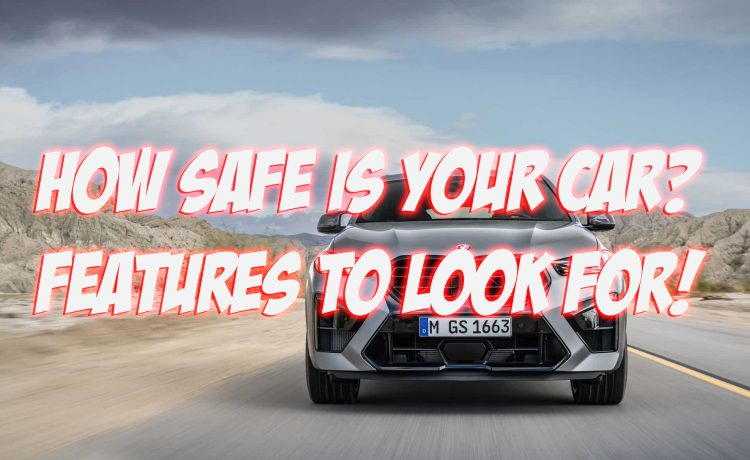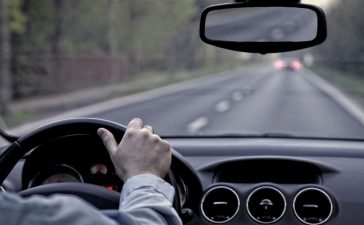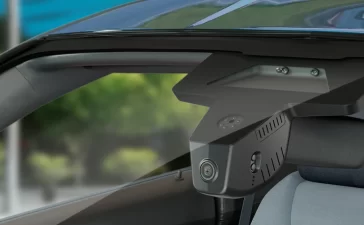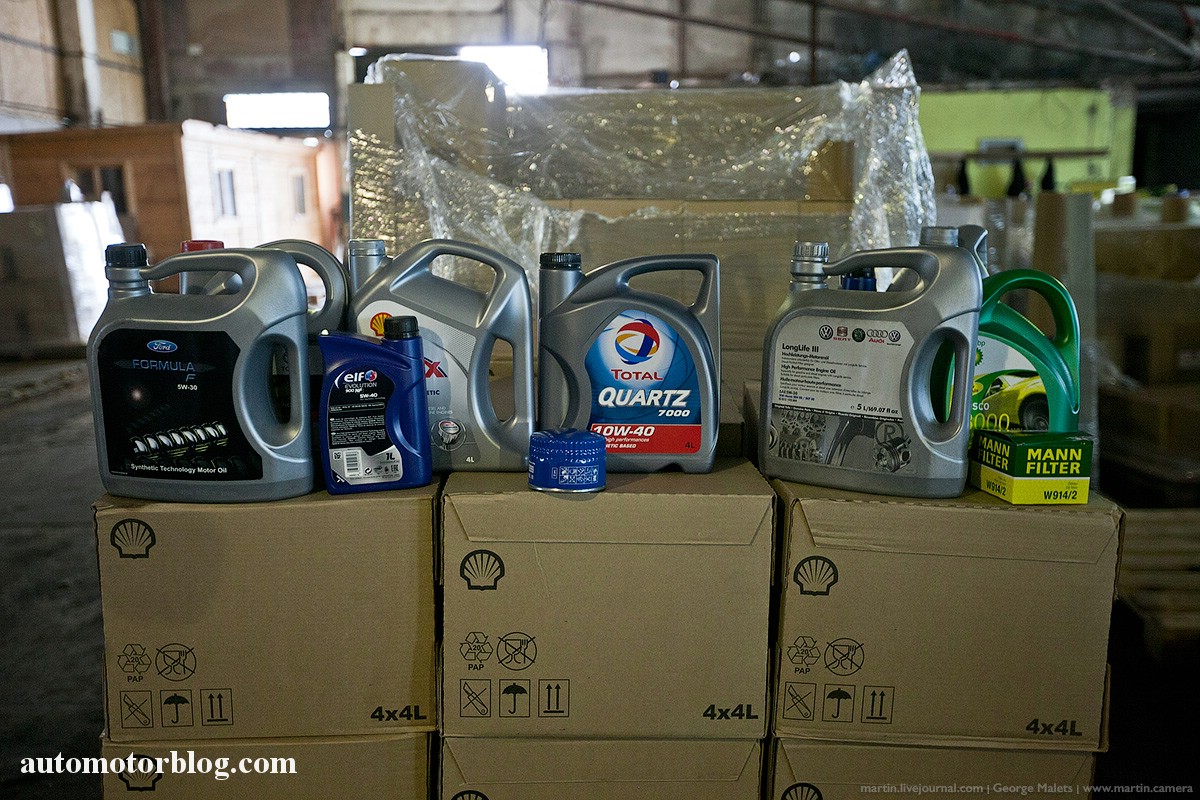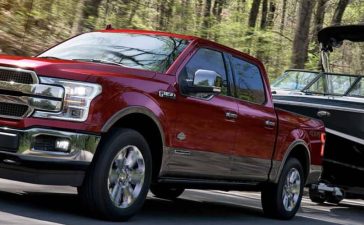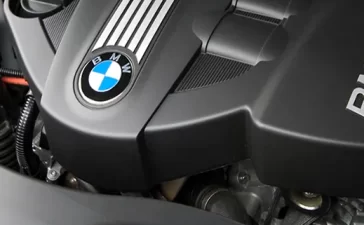To meet the demands of today’s fast-paced world and transportation laws, motor vehicle manufacturers have added a wide array of safety features to their designs to protect drivers, passengers, pets and precious cargo, vulnerable road users and others. With so many makes and models available on the market, many people don’t know which new and used vehicles will provide them with the safest ride. They’re often not even certain that their existing cars are safe. With more than 4,400 traffic fatalities in 2022 in California alone, there is risk each time you get behind the wheel. You want to drive the safest car possible. In this guide, we cover the top must-have safety features no driver should ever do without when traveling on America’s many highways and byways. Read on to learn more…
Table of Contents
Traditional Basic Safety Features
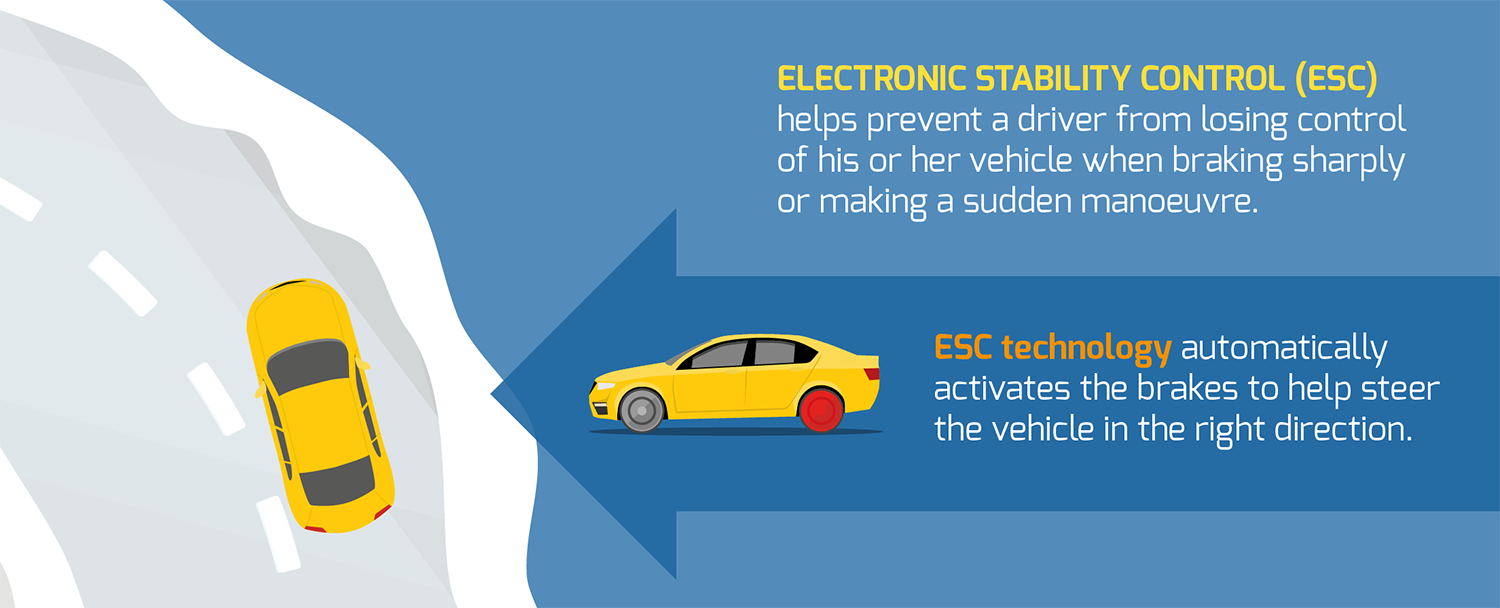
Basic safety features have been a mainstay for decades. According to Consumer Reports, for example, mandatory seat belts save approximately 15,000 lives per year. Other common motor vehicle safety tools include passive features like airbags, child seats, front and side crumple zones, headrests and shatterproof glass and active features like anti-lock, automatic braking, electronic stability control, and tire pressure monitoring systems.
With crumple zones, for example, drivers are reassured that their vehicles passed vigorous crash tests designed to do as much as possible to prevent injury and death from impacts, rollovers and other events. With electronic stability control, a vehicle monitors sideways motion, steering angle and wheel speed and then, if necessary, makes adjustments to the brakes and engine to prevent rollovers, tailspins, sliding and other common motions that occur on curves and when skidding on a road.
Modern Active Detection Systems
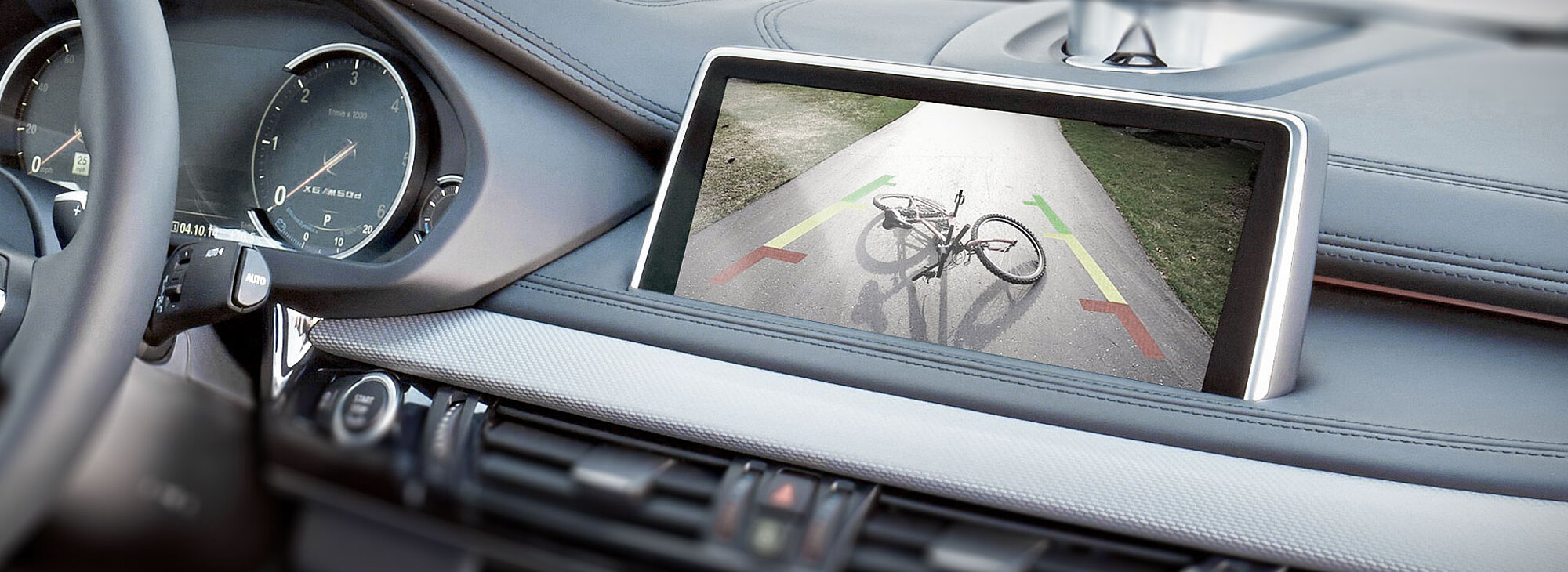
In recent years, automobile manufacturers have used camera, computer and sensor advances to provide drivers with automated systems that can detect and prevent harmful outcomes. For example, the most basic of these advances installed standard includes an interior dash screen that displays a live rear camera view when backing up.
A sensor sets off sound and visual warnings when animals, people and vehicles approach or stop completely in the same area. These same sensors also warn a driver when a vehicle, bicyclist or anyone has entered a blind spot or come too close to the front of the vehicle. While attempting to park or when the vehicle rests in a parked position, sensors can warn about resting and moving objects close to opening doors and the car in general.
Research by the National Highway Traffic Safety Administration (NHTSA) revealed that over 950 children suffered heatstroke-related deaths during the past 25 years because drivers and passengers forgot about them on high temperature days. Modern safety sensors and warning systems can detect when rear passengers, both children and pets, have been forgotten, and then issue sound and visual alerts.
Active Automated Control Systems

Certain safety systems step in to actively disrupt driver actions for preventing accidents. The systems have two warning features which trigger audio and visual signals followed by automatic emergency brake intervention in case of a dangerous situation. A lane departure system provide warnings to drivers about unintentional drifting then steers the vehicle to maintain proper lane placement. The vehicle speed adapts automatically through adaptive cruise control systems that base changes on two-car distance. The system automatically applies high beam lighting when traffic vehicles move from the opposite lane.
Drive fatigue systems monitor a driver and prevent an accident by activating advanced crash protection features that include lane-keep assist and notifications. In start-stop congested traffic, a traffic-jam assist system manages low-speed acceleration, braking, and steering.
If a crash occurs, an automated first responder alert system can automatically contact a third-party first response team after airbag deployment. This feature provides first responders with global positioning system (GPS) coordinates. Some systems also permit a crash detection agent or first responder to use the vehicle’s cellular connection or the driver’s phone to speak with the driver and passengers while they wait for an ambulance or police to arrive at the crash site. If the car has a driver monitoring or recording system, it can also send information about the driver and the interior of the vehicle to the emergency first response team.
Do you have breaking news or interesting articles for us? Please visit the “Write for Us” page for more information on how to submit articles for our auto blog. Thank you! 🙂


